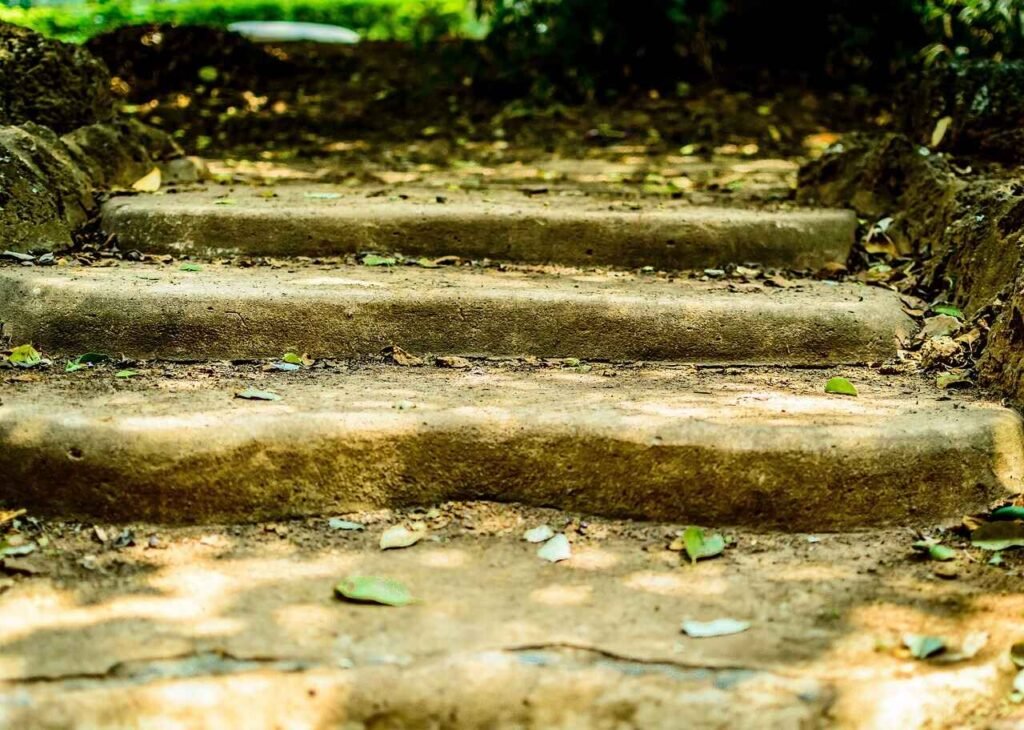Table of Contents
TogglePlanning a spiritual journey from Delhi to the iconic Somnath Temple in Gujarat make a memorable experience. This guide provides all the essential details to ensure your trip is smooth and enjoyable. From travel options to must-see spots, here’s everything you need to know about visiting Somnath Temple from Delhi.
About of Somnath Temple
Somnath Temple, located in Prabhas Patan near Veraval in Saurashtra, Gujarat, is one of the twelve Jyotirlingas of Lord Shiva. Known for its stunning architecture and rich history, the temple attracts millions of devotees and tourists every year.
How to Reach Somnath Temple from Delhi
1. By Flight
The quickest way to travel from Delhi to Somnath Temple is by air. The nearest airport to Somnath is Diu Airport (IATA: DIU), approximately 85 kilometers away. Here are the steps to follow
- Flight from Delhi to Diu: Several airlines operate flights from Indira Gandhi International Airport (DEL) to Diu Airport. The flight duration is around 2 hours.
- Taxi or Bus from Diu to Somnath: Upon arrival at Diu Airport, you can hire a taxi or take a bus to Somnath. The journey takes about 2 hours.
2. By Train
Traveling by train is another popular option. Veraval Junction is the nearest railway station to Somnath, approximately 7 kilometers away. Here’s how you can travel by train.
- Train from Delhi to Veraval: Direct trains such as the Veraval Express (Train No. 19263) run from Delhi to Veraval. The journey takes around 24-26 hours.
- Taxi or Auto from Veraval to Somnath: From Veraval Junction, you can take a taxi or an auto-rickshaw to reach Somnath Temple.
3. By Road
For those who enjoy road trips, traveling by road offers a scenic and adventurous route. The distance between Delhi and Somnath is approximately 1,300 kilometers. Here’s a suggested route.
- Delhi to Ahmedabad: Drive from Delhi to Ahmedabad via NH48, covering around 950 kilometers.
- Ahmedabad to Somnath: From Ahmedabad, continue your journey on NH47 to Somnath, covering around 350 kilometers.
You can either drive your own vehicle or hire a cab. Alternatively, several bus operators provide services from Delhi to Somnath.
Best Time to Visit Somnath Temple

The ideal time to visit Somnath Temple is from October to March when the weather is pleasant. Avoid the monsoon season (July to September) as the region experiences heavy rainfall.
Places to Visit Near Somnath Temple
1.Bhalka Tirth: Located 5 kilometers from Somnath, this is the site where Lord Krishna was mistakenly shot by a hunter.
2.Triveni Sangam: The confluence of three rivers – Hiran, Kapila, and Saraswati, is a holly spot near Somnath.
3.Somnath Beach: Enjoy the serene views and the tranquil ambiance of this beautiful beach near the temple.
Accommodation Options
Somnath offers a variety of accommodation options ranging from budget hotels to luxury resorts. Some popular choices include.
- The Fern Residency Somnath
- Lords Inn Somnath
- Hotel Somnath Sagar
Booking in advance is recommended, especially during peak tourist seasons.
Mystery of Somnath Temple

Here are some mysterious aura of the Somnath Temple.
1. Ancient Origins and Construction
The origins of the Somnath Temple are believed to be ancient, with references found in texts as old as the Rigveda. According to legend, the temple was originally built by the Moon God, Soma, in gold. Later, it was rebuilt by Ravana in silver, by Lord Krishna in wood, and finally by the Solanki king Bhimadeva in stone. The idea of the temple being rebuilt multiple times by divine and legendary figures adds a layer of mystique.
2. Destruction and Rebuilding
The Somnath Temple has been destroyed and rebuilt several times throughout history. It faced numerous invasions, including those by Mahmud of Ghazni in 1026 CE, who is said to have looted the temple and taken away immense wealth. Despite such destruction, the temple was rebuilt each time, symbolizing resilience and devotion. The recurring destruction and miraculous rebuilding have fueled various myths and legends about its indestructibility and divine protection.
3. The Swayambhu Jyotirlinga
The Jyotirlinga at Somnath is believed to be Swayambhu (self-manifested). This means it was not installed by human hands but appeared naturally. This belief adds to the temple’s spiritual significance and mystery, as devotees consider it a direct manifestation of Lord Shiva’s divine energy.
4. The Baan Stambh (Arrow Pillar)
An mysterious feature of the Somnath Temple is the Baan Stambh or the Arrow Pillar. This pillar stands on the sea’s edge, and it bears an inscription indicating that there is no land in a straight line between the Somnath coast and the South Pole. This geographical fact has puzzled many and adds to the temple’s aura of mystery.
5. Legend of the Moon God
The temple is associated with the Moon God, Soma, who is said to have lost his luster due to a curse by his father-in-law Daksha. After penance at this spot, Soma was blessed by Lord Shiva, who restored his radiance. This legend explains the name “Somnath,” meaning “Lord of the Moon,” and contributes to the temple’s mythical narrative.
6. The Hidden Treasure
There are persistent legends about hidden treasures within the temple premises. Despite numerous invasions and lootings, it’s believed that some treasures have never been found. Stories of secret underground chambers and hidden riches continue to fascinate visitors and historians alike.
7. Architectural Marvels
The temple’s architecture is also a source of mystery and wonder. The present structure, reconstructed in 1951, follows the Chalukya style and is designed to withstand the harsh coastal environment. Its intricate carvings, majestic shikhar, and the setting against the Arabian Sea create a mesmerizing sight.
Summary
A pilgrimage to Somnath Temple from Delhi is a spiritual journey filled with devotion and adventure. Whether you choose to fly, take a train, or on a road trip, the experience is bound to be enriching. Plan your trip carefully, considering the best travel options and visiting nearby attractions to make the most of your journey.




